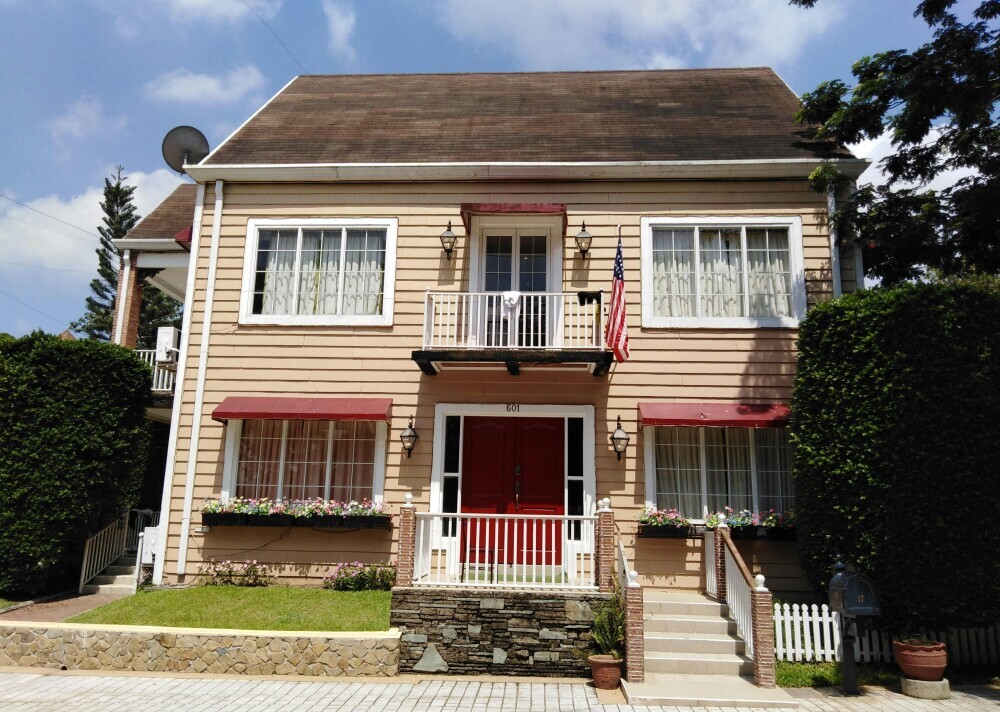Understanding the Energy Price Cap
Energy prices can be a real headache for most households. They go up and down like a yo-yo! It’s hard to keep up. For many households, keeping track of these changes can be confusing. That’s where the energy price cap comes in. But what is it, exactly, and how does it help the household? This guide will provide you an insight into the energy price cap.

What Is the Energy Price Cap?
The energy price cap is a government rule that limits how much energy companies can charge customers for their gas and electricity. It’s like a safety net designed to protect households from sudden and excessive price hikes. This cap applies mainly to customers on default tariffs, which are the standard plans most people get when they switch to a new energy supplier.
According to Ofgem, between 1 October to 31 December 2024 the energy price cap is set at £1,717 per year for a typical household who use electricity and gas and pay by Direct Debit. This is an increase of 10% compared to the cap set between 1 July to 30 September 2024 (£1,568).
Who Benefits from the Price Cap?
The price cap mostly helps those on standard variable tariffs. If you’re one of the lucky ones who switched to a fixed tariff, you might not directly benefit from the cap, but it does help keep market competition alive. It encourages energy companies to offer better deals to attract customers.
This also means that even if you’re on a fixed rate, having a cap in place ensures that the market stays fair and competitive, providing options for those looking to switch later.
Conclusion
All in all, the energy price cap isn’t just a number; it’s a safety net for users. It’s like a speed limit on energy bills, preventing companies from charging sky-high prices. This helps families and individuals to keep their energy costs under control. By understanding the price cap, you can make smarter choices about your energy provider and plan ahead.


















